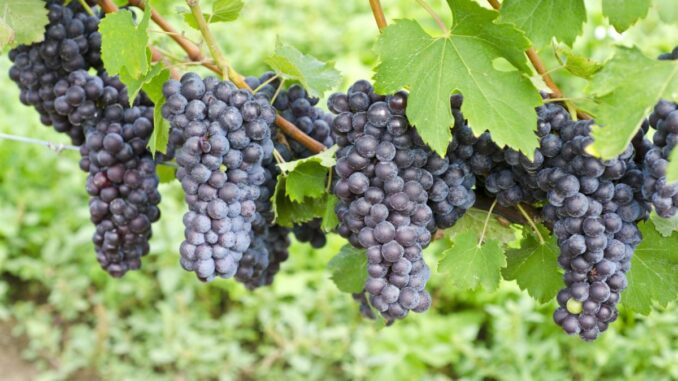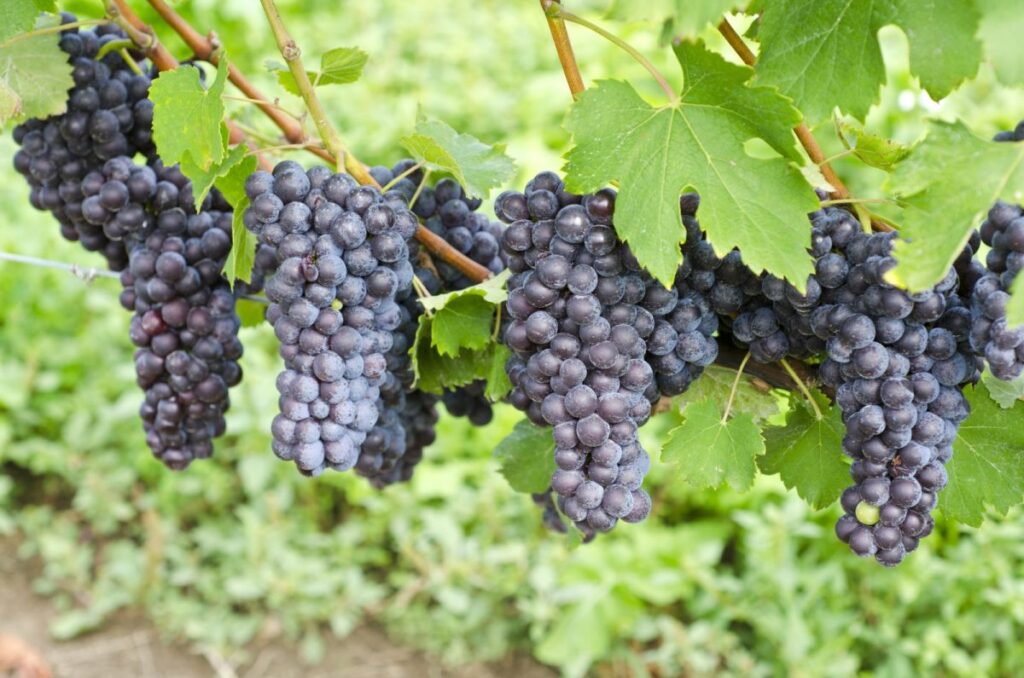
Nebbiolo is a wine grape variety that produces some of the greatest dry red wines in Italy. More than that, as Jancis Robinson says in her book “The Oxford Companion to Wine“, ‘Nebbiolo produces some of the greatest wines of the world.’ She continues, ‘It has a concentration of non-fruity but complex, sometimes bitter flavour and a unique combination of extract, tannin and acid that, in the right hands, can be fashioned into a glorious liquid of awesome longevity. Please note, though that Nebbiolo wines are very uneven – by no means all of them are wonderful; it is necessary to buy carefully.’

The grape is grown in Piedmont, with some outposts in northern Lombardy (Valtellina, where you will meet wines with wacky names like Sfursat, Sassella and Inferno) and Aosta Valley in the far north-western corner of Italy, where it is found in a wine called Donnaz. The two greatest manifestations of this grape are Barolo and Barbaresco, both 100% Nebbiolo. It also turns up on its own or in blends around Piedmont – for example, Roero, Nebbiolo delle Langhe, Nebbiolo d’Alba, Ghemme, Boca, Spanna, Gattinara, Carema.
Read more in the book “Wine Grapes: A Complete Guide to 1,368 Vine Varieties, Including Their Origins and Flavours“
The vine is late-ripening, being harvested towards the end of October, and frequently into November. Only the most favoured, sunniest slopes in the area of Barolo and Barbaresco are suitable for planting Nebbiolo, and on these sites the grapes can reach very high sugar levels, frequently producing wines of over 14% alcohol content. Nebbiolo wines are usually deeply coloured, but my experience is that this is not necessarily so, and a noticeable feature of this variety is that the wines go brick red at the rim very early in their development, so they look mature when they are still forbiddingly youthful.
There is an ongoing debate among the region’s producers over the use of oak barrels, rather than the traditional large botti, with the modernists favouring the use of oak barrels. Occasionally the debate has flared up into acrimony. I have tasted fine examples of wines from both factions. What matters is the skill of the winemaker, particularly since the Nebbiolo is such a tricky grape to vinify.
The wines are famously long-lived, and not just the finest Barolos and Barbarescos – I have drunk a Gattinara which was over 50 years old, and it was still in perfect order and utterly delicious. The prices of the top wines have now reached the stratosphere, and it is worth seeking out good examples of the less grand names, such as Nebbiolo delle Langhe, Spanna and Gattinara.
